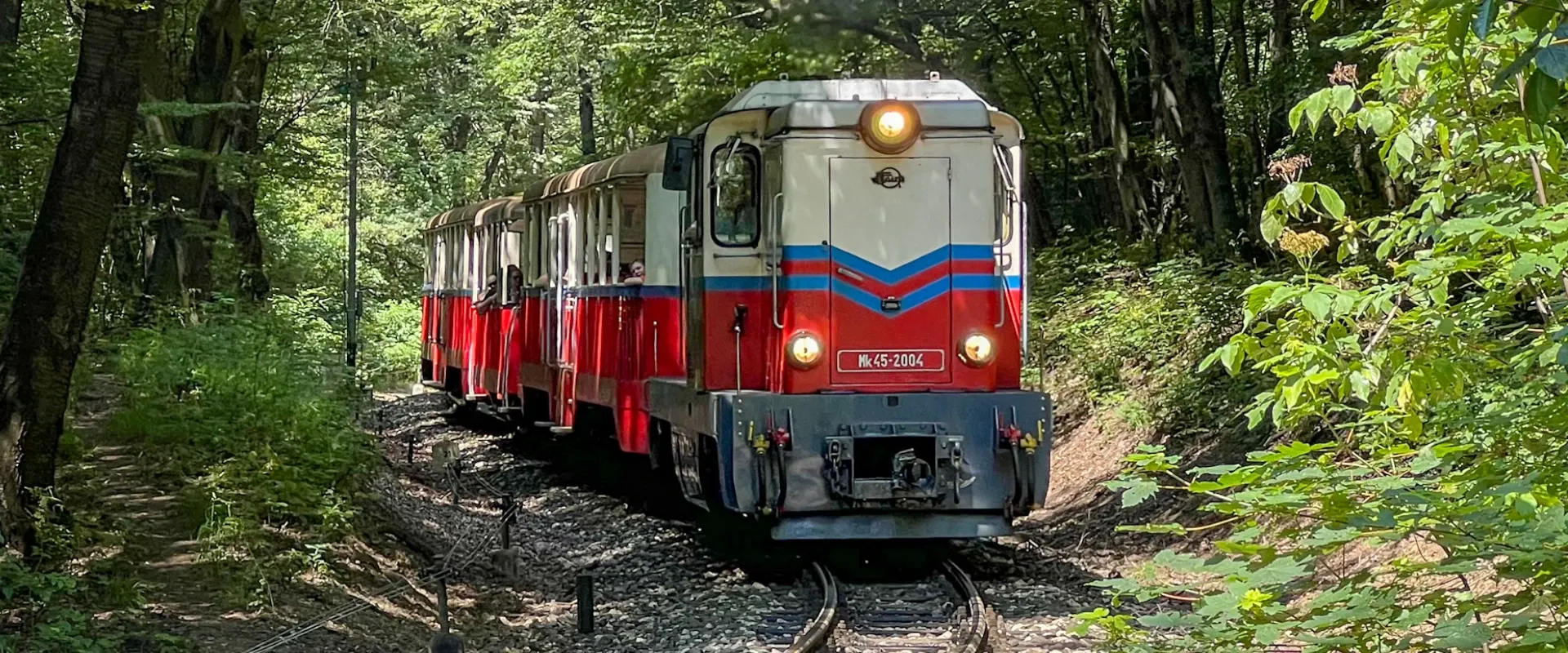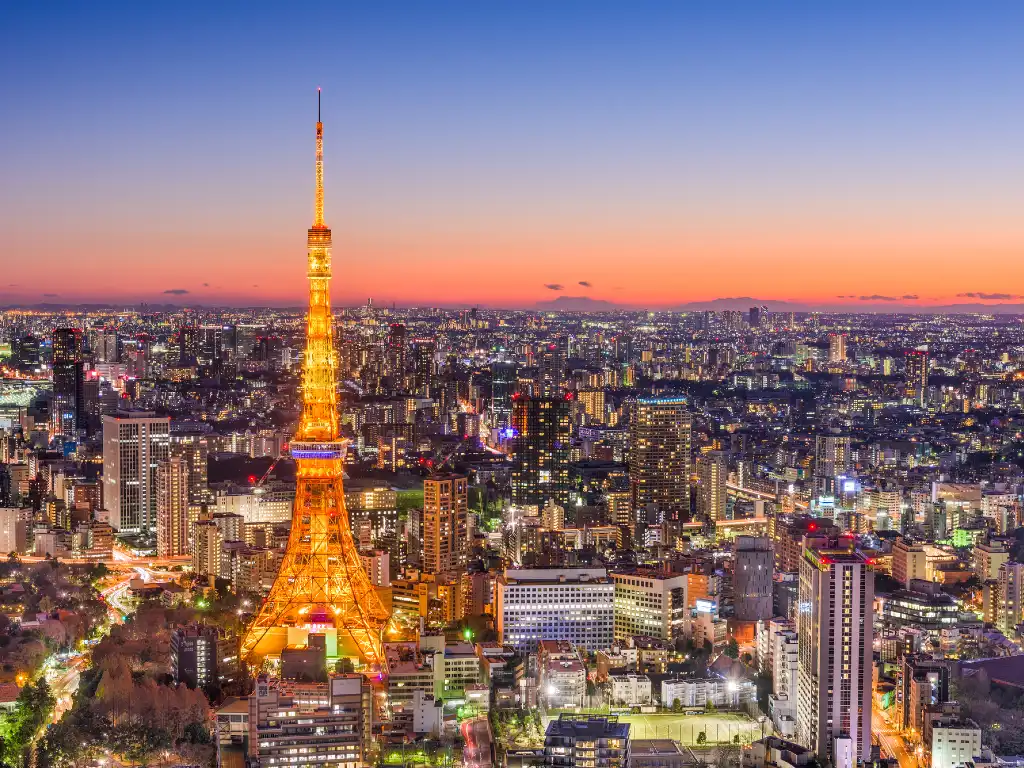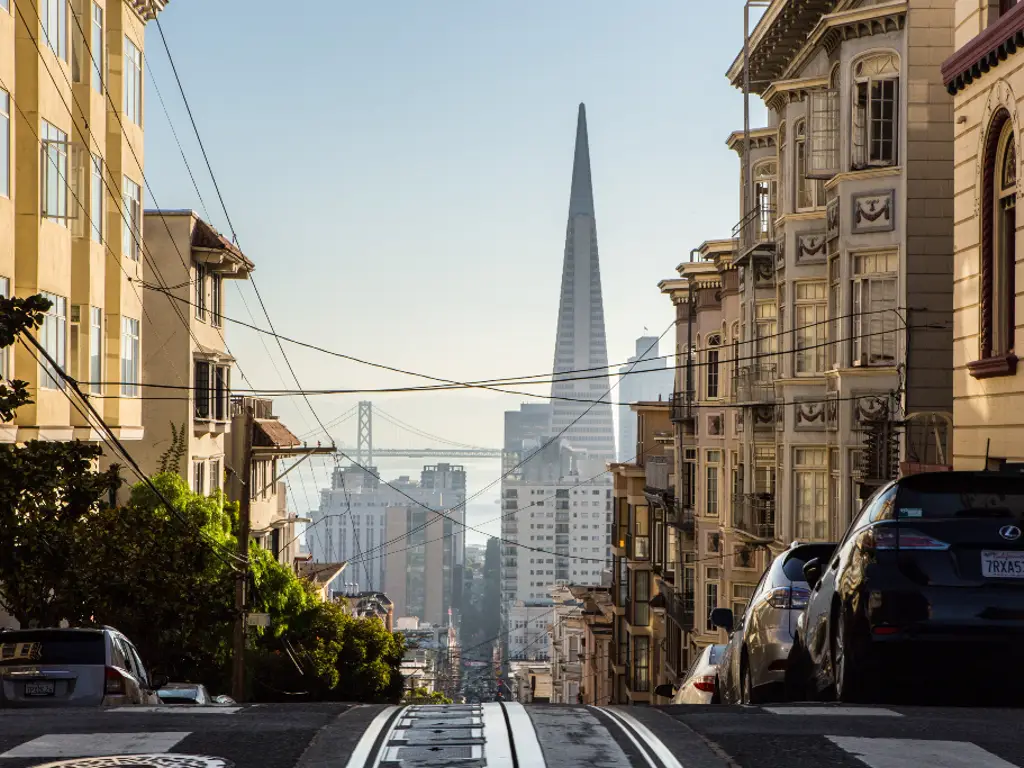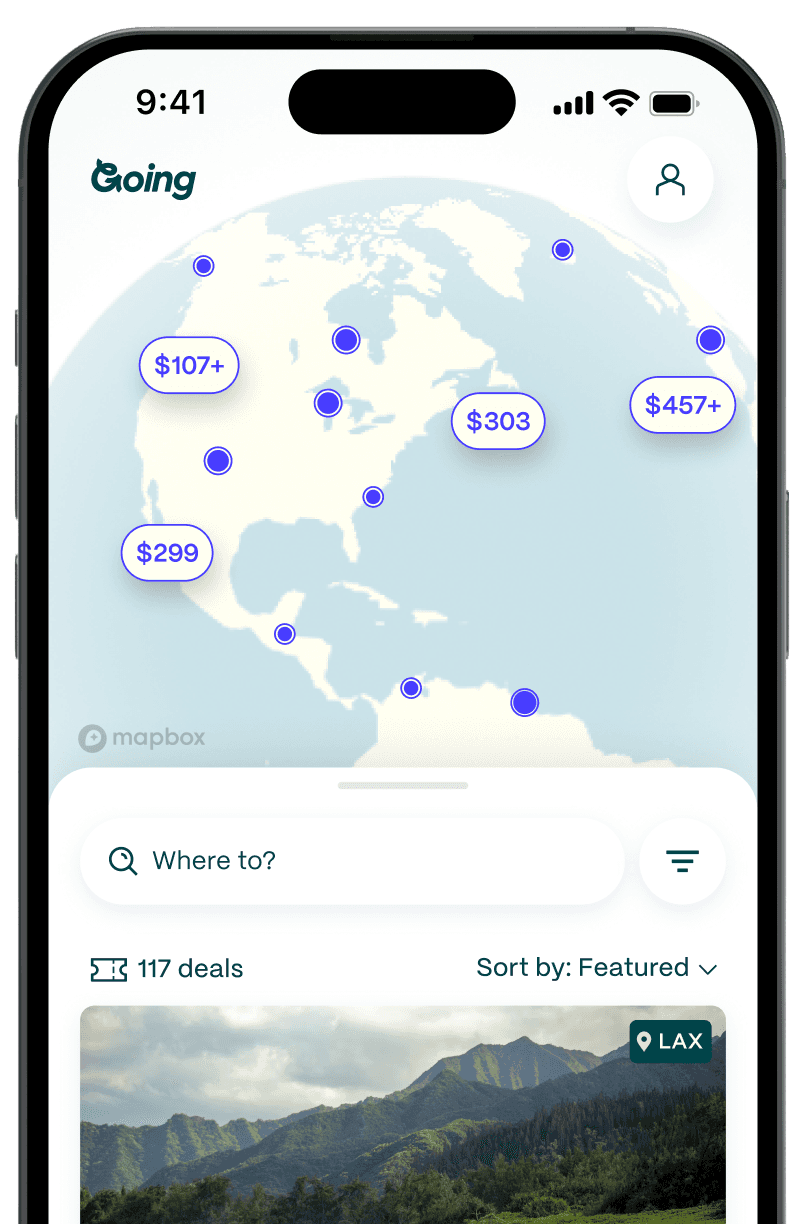
The Children’s Railway: Ride a Train Run by Kids in Budapest
Riding the Gyermekvasút train in Budapest isn't that different from riding any other train in Hungary—except for the fact that almost everyone operating the railway is still enrolled in elementary school. So when I learned of this unusual suburban railway in Budapest, I had to try it out.
First impressions, if I’m honest, weren’t great. The station building was plain and unassuming, a Socialist-era rectangular box with only one redeeming feature: a glorious mural in the stairwell depicting three colorful engines above the Hungarian name for the railway, Gyermekvasút (the Children’s Railway).

I still had ten minutes until my train departed, so it didn’t matter that the ticket clerk took a while to figure out my change after I handed over a 2000 forint note. Although the uniform made him appear much older, the boy behind the desk couldn’t have been more than 14 years old. That’s the maximum age of the children who work on the railway. He was a little flustered as he tried to calculate my change and looked relieved when I accepted his money without querying his math and with what I hoped would look like an encouraging smile.
A pool of 600 elementary school pupils as young as ten have the privilege of working on the Children’s Railway; only those with the highest grades qualify for the honor of escaping the classroom. They can apply in the fourth grade. It’s an unpaid internship, with additional benefits like recreational activities and camps thrown in as a reward. After completing a six-month training course, they rotate in, taking shifts about once a fortnight, and do almost every job. As well as office duties, they operate the signaling, manage arrivals and departures, liaise with passengers, and work as onboard ticket inspectors. An adult hovers on the platform, though the child beside them is very much in charge. In fact, the only role that is off-limits is driving the train.
Ticket in hand, I strolled out onto the platform and boarded the train. The interior of the vintage carriage was immaculate. Spotlessly clean, it boasted wooden bench seating and a retro sky blue and ivory paint job. It was a midweek afternoon in April, so there were just three passengers. Our seventh-grade conductress exuded calm and displayed a maturity far beyond her years as she carried out her much-practiced routine. I asked if she enjoyed her job.

“Yes. It is fun,” she replied in heavily accented English and with a face that said otherwise.
The idea for the Children’s Railway was first conceived in 1947. The site chosen was in the Csillebérc neighborhood in the Buda hills. The line would connect the city’s transportation network to a children’s camp called the Pioneer Republic. Once the decision was made, things moved quickly. The initial two-mile section opened for passengers just a year later and linked the stations at Széchenyihegy and Virágvölgy. The narrow gauge line was extended to Jánoshegy and Szépjuhászné the following summer. In August 1950, the last pieces of track were laid to stations at Hárshegy and Hűvösvölgy, completing what was then known as the Pioneer’s Railway. It wouldn’t be rebranded as the Children’s Railway until 1990.
In 2015, the seven-mile-long Gyermekvasút earned a place in the Guinness Book of World Records as the world’s longest children’s railway. Even so, my journey would take 37 minutes to snake upwards through the Buda Hills, laboriously gaining height. Within five minutes, nose to the glass, I was treated to an uninterrupted view over the city, the leafy forest beside the track falling away to hazy distant hills.
Under blue skies, smart platform attendants wearing red peaked caps supervised each station departure, tucking a paddle-shaped dispatch baton deftly under their left armpit while saluting with their right hand. Without exception, they had big grins plastered across their faces. It occurred to me that perhaps the world would be a cheerier place if all jobs were done by kids.

Like many of the railway’s passengers do, I left the train at Jánoshegy. As the train pulled out of the station, I followed a steep trail uphill to Budapest’s highest point, 1,732 feet above sea level. My target was the Erzsébet-kilátó, a stone lookout tower whose tiered cylindrical shape resembles a cake. Built in 1910, it is named after Empress Elisabeth, the Queen Consort of Hungary, who was assassinated by an Italian anarchist in Geneva in 1898.
To gain a little extra height, I climbed the 134 steps to the top of the tower. From its viewing platform, verdant slopes stretched into the distance, a surprisingly bucolic outlook considering the landmark’s proximity to the city. Nevertheless, Budapest was laid out before me, and I was keen to get back to explore. I could have walked, of course, but I wouldn’t have wanted to disappoint the kids.
Getting there
- The nearest airport is Budapest’s Ferenc Liszt International Airport (BUD). To reach the Hungarian capital, first take bus 200E to Ferihegy railway station, from where you can catch a train to the city center. The Children’s Railway is located on the outskirts of Budapest. Take bus #5 from Keleti station to Városmajor; change there onto the #60 tram. Alight at Széchenyi-hegy where you’ll need to climb a short flight of covered steps to reach the Gyermekvasút ticket hall.
- Average Going flight price for cheap flights to Budapest: $511 roundtrip
$900
How to do it
- Best time to go: The train runs throughout the year, though from September to April there is no service on Mondays. Typically there are 9–12 departures a day, with the most on summer weekends. Check the online events calendar, which includes Children’s Railway Day in April, guided hikes in March and August, a firework-watching train on Hungary’s national day (August 20th), Santa specials, and steam days. During Advent, from December 6th to January 8th, train carriages are decorated with Christmas lights.
- Cost: A standard adult ticket costs 1000HUF single (around $3 US) and 1800HUF return; children travel half-price. Buy your ticket from the booth in the ticket hall. Note that to keep things manageable for the children, it’s cash only, no cards, and only the Hungarian Forint is accepted. If you wish to ride a vintage service, a supplement of 400HUF is charged. Dogs and bicycles can be carried on the train for an additional fee.
- Safety considerations: The railway has an excellent safety record. Children selected to operate the railway are given thorough training and are fully competent. Adults supervise those doing the signaling, while the train itself is driven by an adult.
- Tips: Many visitors combine the train trip with other attractions, including forest playgrounds in summer and tobogganing runs in winter. One of the most popular activities is climbing the Elizabeth Lookout (Erzsébet-kilátó) for its panoramic views across the city and, on a fine day, the High Tatras; alight at Jánoshegy station. From here, or alternatively, Virágvölgy station, you can hike to the top station of the Zugliget chairlift (reopening spring 2024 after an extensive facelift) and return to the city center on the #291 bus.
Other cool rides around the world:
Last updated May 22, 2024
Articles you might like
View All
Where to Stay in Tokyo: The Best Neighborhoods and Hotels in 2026
Dec 19, 2025
12 min read

Where To Stay in Seattle: Best Neighborhoods and Hotels for 2026
Dec 19, 2025
10 min read

Where To Stay in San Francisco: Best Neighborhoods and Hotels for 2026
Dec 19, 2025
17 min read






